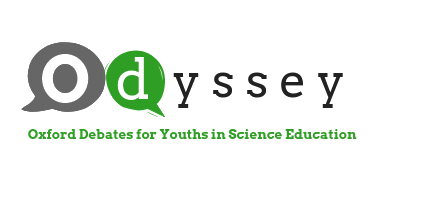Here you will find 19 educational toolkits created within the ODYSSEY project:
Toolkits prepared by the Institute of Geophysics PAS (Poland):
Topic: Flood protection in mountain catchments

Resolution: Small retention measures for flood protection of mountain river catchments are more effective than construction of a large dam reservoir.
Description: Students will consider the advantages and disadvantages of managing the catchment of mountain rivers with natural-based methods and hydrotechnical solutions, such as building a large retention reservoir. The materials focus on possible environmental consequences, in context of flood risk.
Topic: Anthropogenic seismicity

Resolution: In the area of anthropogenic seismic hazard construction of new important infrastructure should be prohibited
Description: Students will consider whether places threatened by anthropogenic hazards should be excluded from any human activity and infrastructure development, or maybe investors should be obliged to use shock-proof structures. The impact of mining on the natural environment is also explained. This topic tackles issue of conflicts of interest in man-environment relations.
Topic: Sea transport in the Arctic

Resolution: Sea transport in the Arctic Ocean should be developed
Description: This material gives insight into problems of the Arctic areas from the point of view of the needs of the economy, in particular the transport of countries located in this zone. Students learn about the economic benefits of shortening the transport routes as well as environmental threats (environmental pollution, acceleration of glacier melting processes).
Topic: Wind Energy

Resolution: Wind power plants are the best renewable energy source in mid-latitudes.
Description: Students will consider environmental, technical and economic aspects of using wind energy in the perspective of climate change. Reliability of such energy source are considered, as well as landscape modification, wildlife threat and climate change influence.
Topic: Geoengineering vs climate change
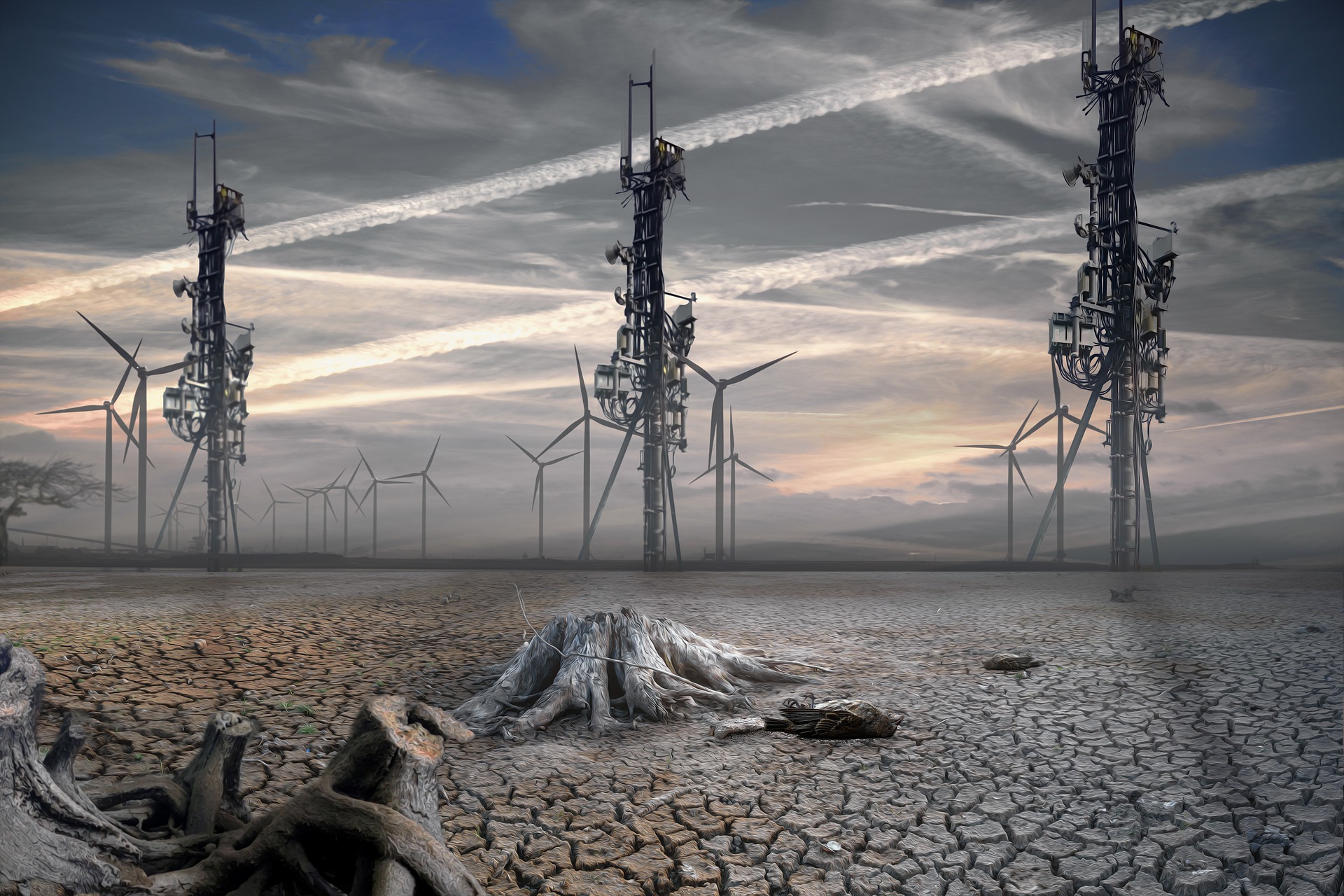
Resolution: Governments should invest in geoengineering techniques to counteract climate change
Description: We have just a decade to reduce emissions and achieve the Paris Agreement’s highest ambition of limiting warming to 1.5°C. We have been warned, repeatedly, of the high stakes of our present climate gamble. If we continue on our current course, radical solutions are going to be needed sooner rather than later. Students will consider whether geoengineering is a safe, efficient and necessary method to combat climate change.
Toolkits prepared by ENERGY Discovery Centre:
Topic: ENERGY MANAGEMENT
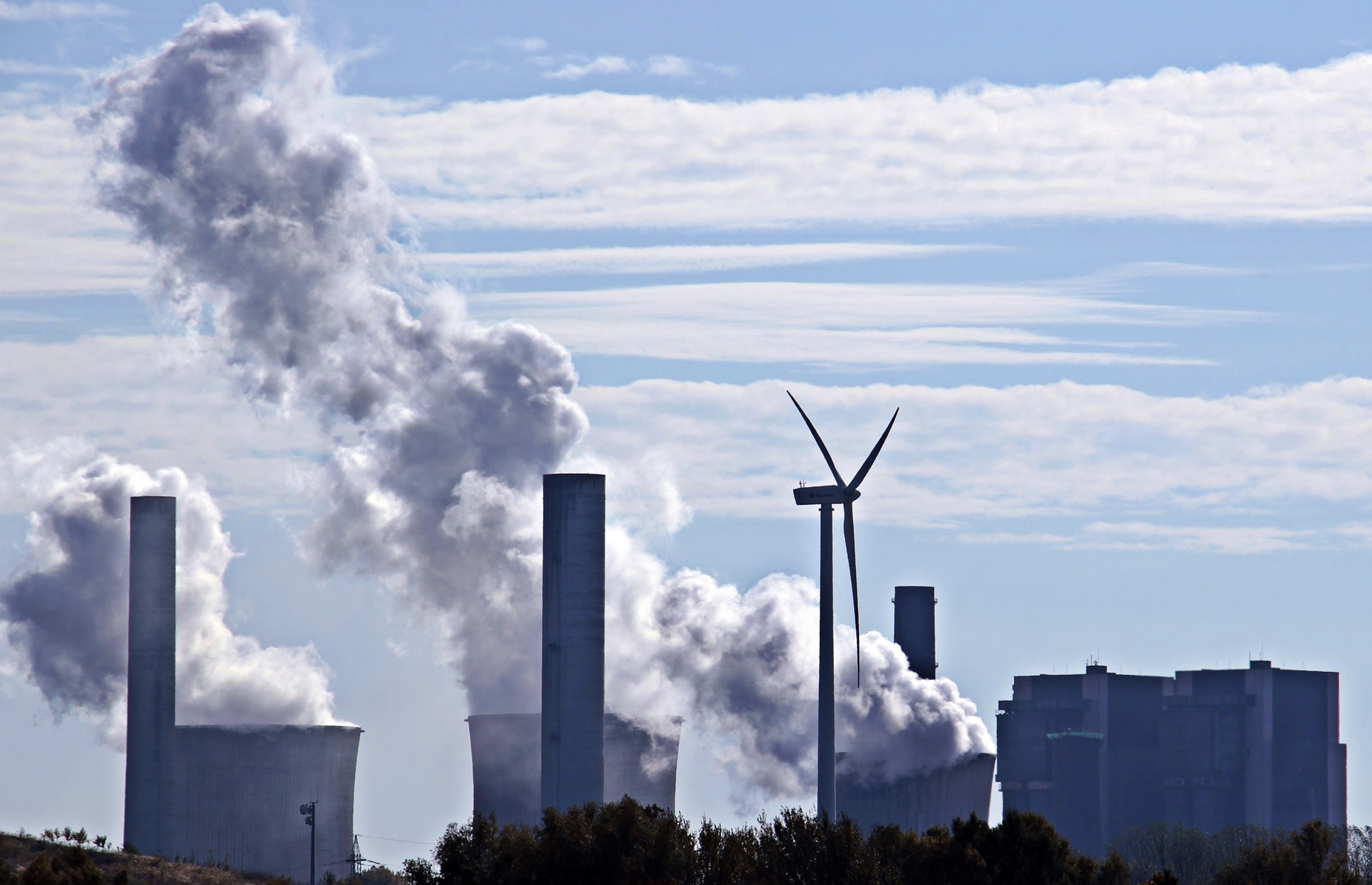
Resolutions:
- Driving a car running on electricity generated from fossil fuels is eco-friendlier than driving a car running on petrol.
- In order to reduce the harms of climate change, people should allow wind turbines to be set up in their back yards.
- Solar panels are better to use in power production than wind turbines.
- Because the production of wind & solar energy is unpredictable, people must get used to the idea that electricity might not always be available in the near future.
Description: As global demand for energy continues to rise rapidly and environmental concerns deepen, questions about sustainable energy production take center stage. The future of energy management presents many wicked problems, combining technological issues with social problems. Often the answers are more focused on risk mitigation rather than a uniquely “rights” and “wrongs”.
Thematic package on energy management gives briefly but thoroughly enough an overview of different means of energy production: from oil shale, wind, solar, biomass, hydropower, and nuclear power. Apart from that small-scale production of energy, how to store renewable energy, what is the price of green energy, about electric cars, about the correlation between energy consumption and climate change or even energy hungry data volumes are described in this package. What is more from story cards you can read a citizen science story of two students who studied whether windmills have an impact on earthworms or how tsunami can destroy a nuclear plant. Altogether there are 14 information cards, 4 story cards and eight question cards. Who is keen to know how solar panels work, a-ten-minute video lecture gives a good overview.
Topic: Climate change
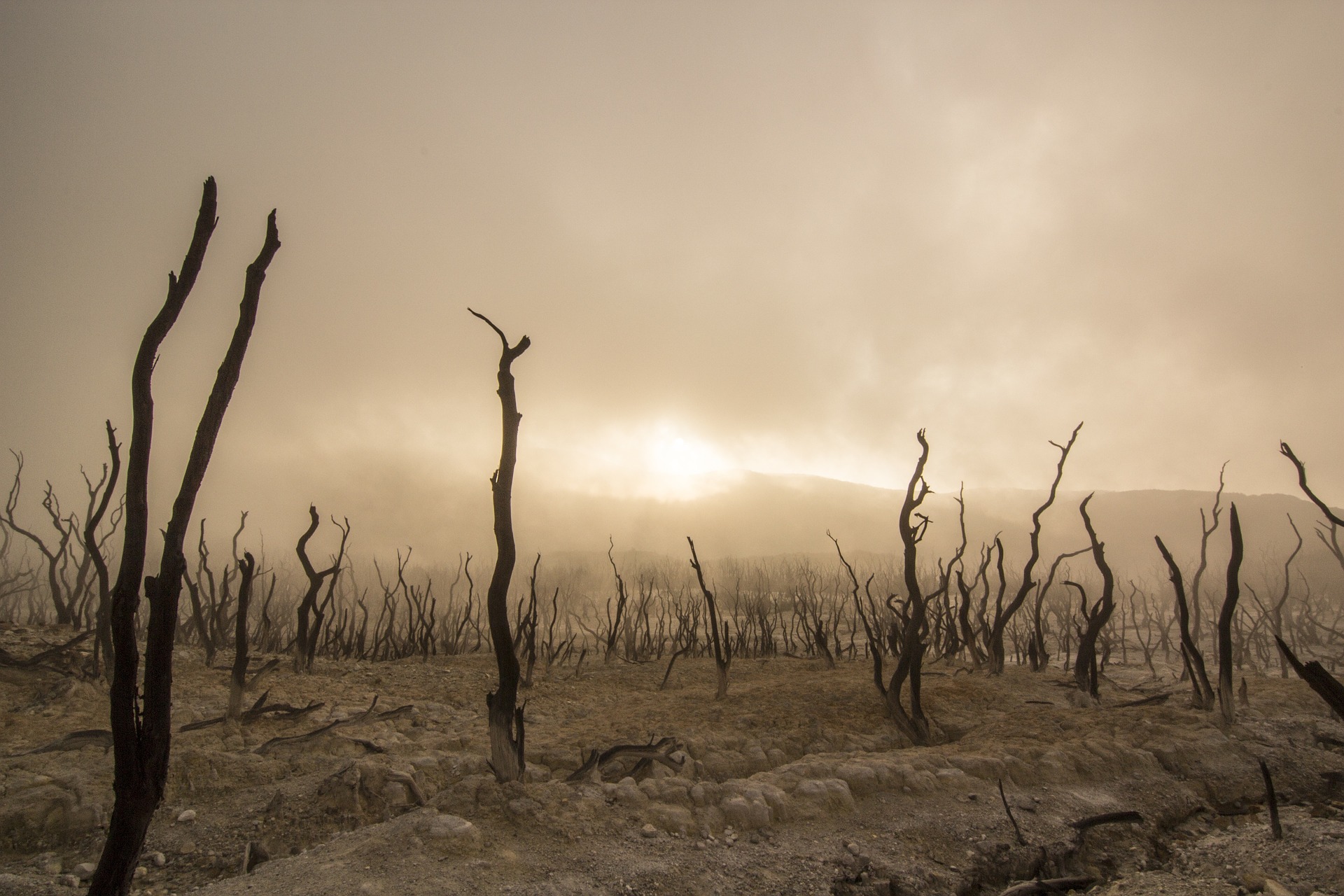
Resolutions:
- Global ocean levels will rise about 2 metres by the end of the 21st century, and that’s why we cannot develop costal areas anymore.
- To combat the climate crisis, every person has to skip at least one air flight a year.
- Organic tomatoes from Spain are eco-friendlier than local greenhouse tomatoes.
- All species have to adapt to the effects of climate change, except for humans.
- Students must learn about climate change at school, not spend their Fridays protesti
Description: Although the energy-related educational packages address the topic of climate crisis, a separate package presents the opportunity to broaden the students’ viewpoint. The climate crisis is entwined with energy production and consumption issues, but is also a wider concern affecting other aspects of scientific research and our daily lives. This educational package explores the local and global effects of climate change, the problem of individual (consumer) choices versus the accountability of industries etc. This package combines scientific issues with ethical ones in a more straightforward manner.
Thematic package on climate change in 16 information cards gives a good overview of what is climate change, what is causing it, how this impact our future, who are the climate refugees and victims, should we humans change something in our everyday life to help the environment around us. Apart from information cards, there are 6 story cards that describe how Qatar uses energy to cool down the outside air, what are the consequences of extraordinary weather conditions, how is the life in lower income countries, why we see young climate activists, how polar bears will survive and what adaptions are needed in plant production. There are 8 question cards that help students to get more familiar with climate change issue. 10-minute video lecture gives a good insight to climate change as well.
Topic: Biodiversity

Resolutions:
- Extensive lawnmowing should be banned in urban settlements.
- It is better to keep bees in cities rather than on farmlands.
- The beach rose (Rosa rugosa) should be eradicated from nature.
Description: Cities are usually considered purely artificial enivironments rather than areas rich in diverse species. But in reality, cities can be more biodiverse than the surrounding areas, usually extensive farm lands and production grounds. Scientific literature shows that the wellbeing of urban dwellers is liked to the urban settlement’s biodiversity. This educational package explores the concept of biodiversity and puts it in a relevant (close-to-home) context. Students will explore the importance of bees, the effect of invasive species, and other practical issues concerning biodiversity.
Thematic package on biodiversity in 11 information cards give a good overview of extinction, what threats biodiversity, who are alien species, why insects extinct, how important is urban nature, why we should not lawn the grass too often, the collapse of bees, how we can keep on track our biodiversity digitally. There are also 5 story cards about the English lawn, bosco verticale, rosa rugosa, the mink and citizen science how people are looking for cowslips. There are 16 question cards that help students to get familiar with biodiversity issue. 10-minute video lecture talks about the importance of biodiversity.
Topic: Circular economy
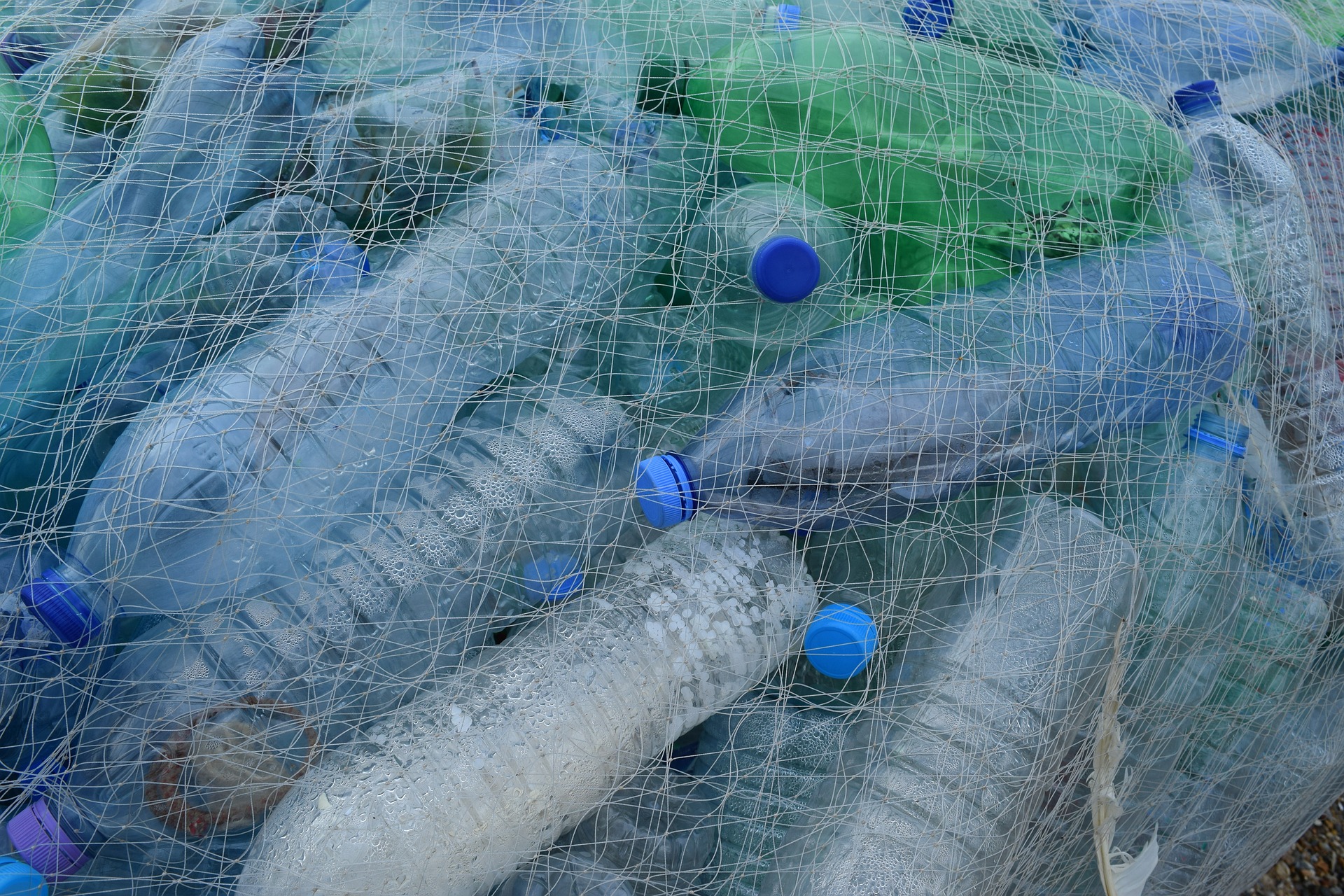
Resolution: Plastic packaging is vital for storing foodstuff hygienically.
Description: This educational package introduces the concept of circular economy – the idea that today’s economy is based on take-make-waste, whereas circular economy strives to leave out waste as much as possible, and to concentrate on reuse, recycling, etc. This educational package encourages students to consider production & consumption, the carbon cycle in ecosystems, and sustainability issues on the whole.
Thematic package on circular economy starts with a good description what does this concept mean and is this something new. There are 17 information cards that give an overview of waste management, which materials can be recycled, textile industry and its environmental impact, more thoroughly about plastic and plastic waste, food waste and food packaging and composting, also a social dimension of the fact that cheap clothing provide jobs somewhere else. Apart from information cards there are 6 interesting story cards about how one Estonian started a brand from textile scraps, how big brands destroy unsold products, why eco-friendly bamboo cups are not “friendly” and how the plastic bag was invented. There are 16 question cards that help students to get more familiar with circular economy.
Toolkits prepared by IRESE (Greece):
Topic: Space exploration
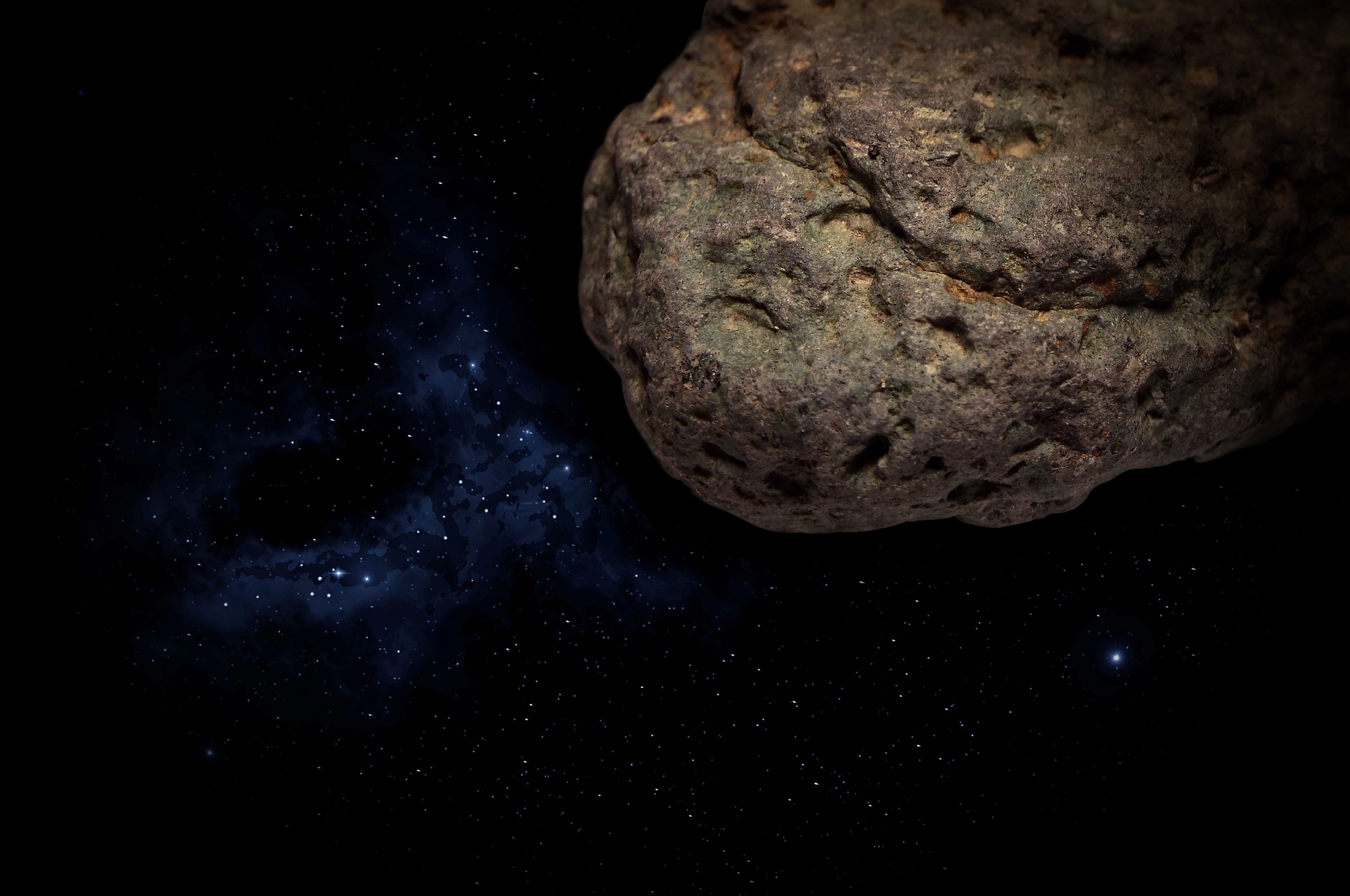
Resolution: The future of humanity depends on space exploration
Description: The 21st century is justifiably characterized as the century milestone for the space exploration. For this reason, this educational package aims to familiarize students with the main advances that are related to the space exploration and its connections to problems that exist on the planet Earth such as the rapid population growth, the research of new hospitable universes and the need for more energy and natural resources.
The 16 Information Cards of the package present historical facts and figures that are related to space exploration, effects of space travels and missions on the development of human knowledge, biological consequences of the space flights as well as problems (space debris) and hazards that are related to space exploration. 10 Story Cards include information about inventions that are developed due to human exploration (e.g. satellite navigations system) and problematize students on the possibilities of space militarization, the colonization of Mars, the cost of space exploration and the development of space law. There are 12 Question Cards that help students deepen their reflections on the topic of Space Exploration. A 8.21-minute video lecture presents the main positive and negative aspects of the space exploration inviting students to participate to a unique trip of both imagination and scientific knowledge.
Topic: Nanotechnology: health and anvironment

Resolution: The use of nanomaterials causes severe health problems
Description: Looking ahead with a clear vision and aiming at the active participation of each European country in the global educational development, it is considered appropriate for the students of the modern European school to be informed and to deal, in essence, with nanotechnology, which is one of the most important dimensions of the 4th industrial revolution. This educational package explores the basic concepts of Nanotechnology (e.g. nanoscale, nanomaterials), its applications in medicine, pharmacology, industry, cosmetics and related issues (e.g. economic) that arise or are likely to arise in the future as well as possible ways to address these problems. The 16 information cards of the package give a good overview of a) the nanotechnology applications, b) its relationship to various diseases, the environment and the economic development, c) the nanotoxicity in plants. 11 Story Cards present its history, potential hazards of nanotechnology to human health and the environment and specific applications of nanotechnology related to medicine and to other fields of human action. There are 10 question cards that help students to get acquainted with the topic of Nanotechnology. A 9.24-minute video lecture presents the main aspects (positive and negative) of Νanotechnology use in our era.
Topic: Nuclear Energy and Renewable Energy
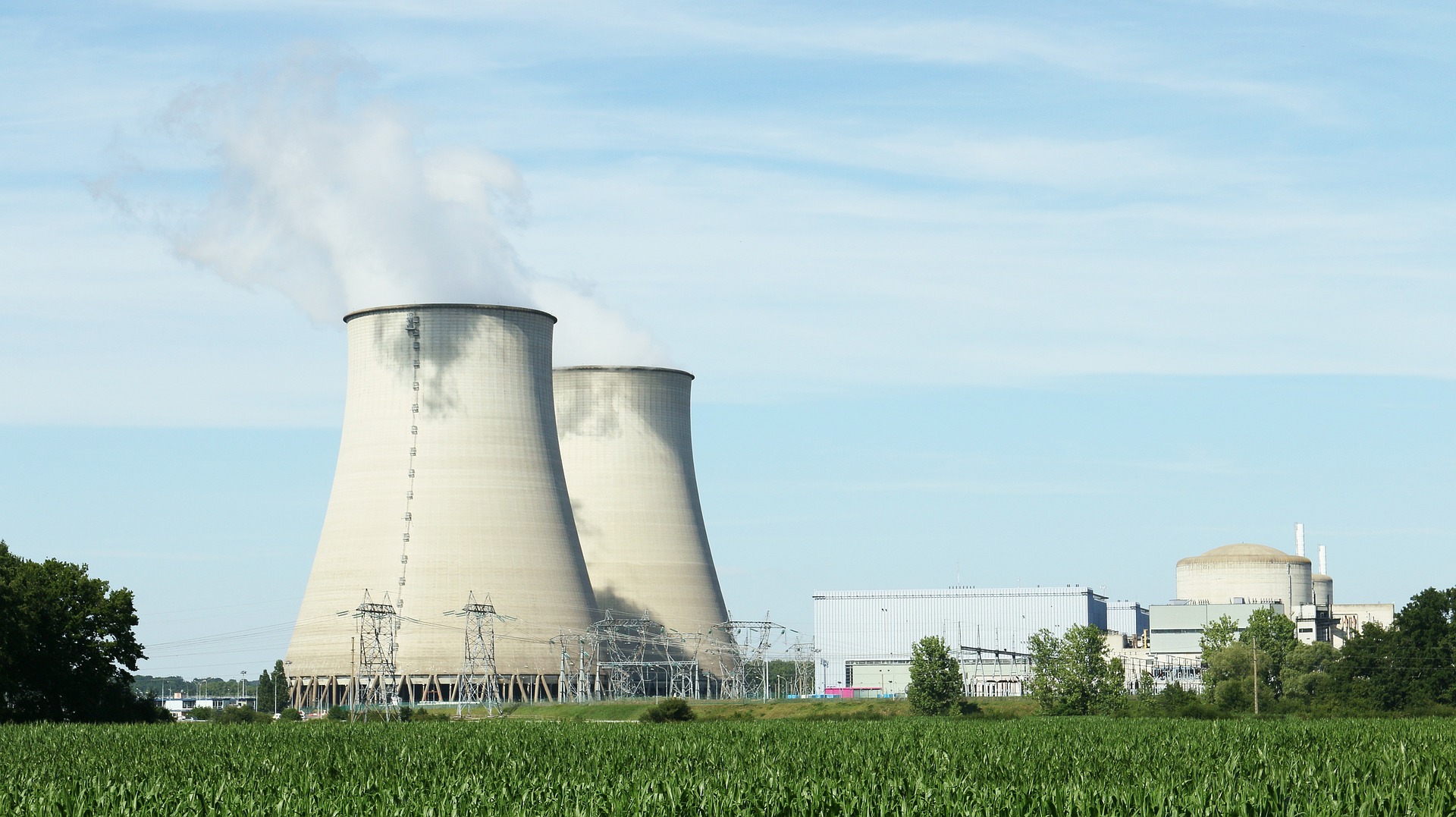
Resolution: Exploiting nuclear power is the only solution to meet the energy problem
Description: This educational package introduces students to the energy issue and the need that exists in the modern world to resolve it. Students will learn about the advantages and disadvantages of nuclear energy and renewable forms of energy, cultivating the role of a responsible citizen who cares about the sustainability of Earth and explores sustainable and innovative solutions to solve the energy issue.
The 18 information cards of the package give a good overview on the importance of fossil fuels energy in climate change and into the environmental pollution, the probable benefits and risks that the use of nuclear energy entails as well as the possible environmental and economic benefits and harms deriving from the installation of hydroelectric and nuclear power plants. Also, 11 story cards present the variability of Renewable Energy Sources, its dependence on environmental conditions and problematize students about the cost of energy produced by RES and nuclear power plants. There are 21 question cards that help students to get acquainted with the Energy Issue. A 10-minute video lecture presents the main advantages and disadvantages of both RES and nuclear sources of energy.
Topic: Internet Access & Development

Resolution: Global internet access can be achieved only through wireless networking
Description: The increase in the global usage of the Internet multiplies geometrically the needs for a wider and faster internet. For this reason, this package aims to familiarize students with the types of Internet Access and the general networking of devices that is known to be done by wireless and wired means and to problematize them on the connection of Internet access to the world development. The package explores basic concepts and technologies of Internet Access such as networking and global networking, 5G technology and connects various technological applications (e.g. IoT, MTM, autonomous cars etc.) with fast Internet Access. The 17 Information Cards of the package present the different categories of Internet Access Technology (3G, 4G and 5G), advantages and disadvantages in the field of development and economy from the use of different Internet Technologies as well as biological effects of radio waves and related myths. 14 Story Cards include information about the history of Internet and its relationship to the Economy, Growth and Education, the relationship between Internet and space, the use of 5G worldwide and the relevant forecasts and the technologies that can be supported through a fast Internet. There are 14 question cards that help students to get acquainted with the topic of Internet Access. A 9.07-minute video lecture presents the main aspects of wired and wireless access to Internet and the relative advantages and disadvantages.
Topic: Biotechnology: Ηealth and Environment

Resolutions: ● Biotechnology is the enemy of human health; ● The environment will benefit from thebiotechnology.
Description: Biotechnology is a catalyst in the field of health, agricultural and food industries improving living conditions. However, many scientists claim that it carries many risks for both, health and environment. This educational package explores the concept of biotechnology both in the fields of health and environment. Students will explore its connection in the diagnosis, prevention and treatment of diseases, in the production of transgenic plants and animals, in the recycling and treatment of sewage, solid waste and oil spills.The toolkit contain 28 information cards and 15 story cards, which reveal the role of pharmaceutical products for the treatment of diseases, the importance of vaccine discoveries, adverse effects based on animal experiments related to GM foods and the connection of biotechnology to the phenomenon of climate change and of world hunger and 22 question cards that help students to get acquainted with the topic of Biotechnology. A video lecture talks about its importance in the human daily life.
Toolkits prepared by Centre for Promotion of Science (Serbia):
Topic: Environmental protection / Species preservation

Resolution: When talking about our planet, the best way to preserve natural ecosystems is rewilding.
Description: Today, many regions worldwide are uninhabited, with potential to restore original flora and fauna. Such a statement raises many questions and has strong debating potential. The PROs side deals with the disappearance of wildlife and the extinction of many species, saying that today’s flora and fauna are not original inhabitants of our ecosystems. The main assumption here is that the Pleistocene epoch should be taken as a measure of this, when the majority of the world’s ecosystems were independent of man. So, man now must undertake radical measures for the conservation of wildlife. Rewilding also has many CONs to it. Firstly, economic reasons, because such an ecological approach would be too expensive – with uncertain outcomes. New and old animal and botanical species would be exposed to unpredictable relations – altogether, this is a risky undertaking. The second group of CON arguments question whether Pleistocene is a measure for the original ecosystem. The package contains 8 info cards, 6 stories and 8 question cards, as well as a 10-minute video about the main ideas behind rewilding.
Download powerpoint presentation
Topic: Application of algorithms
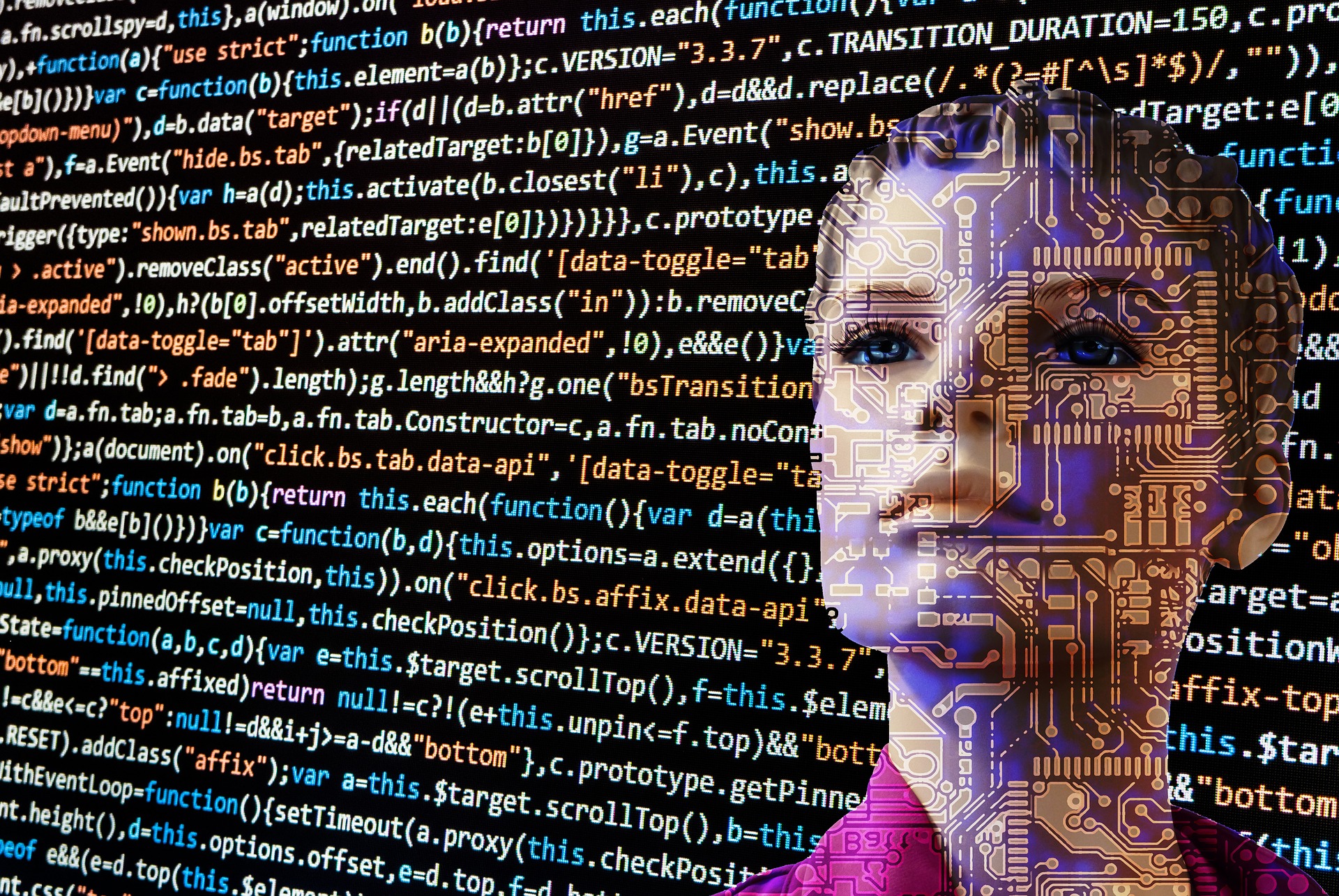
Resolution: The development of AI technologies will cause numerous social and economic problems for people in the near future.
Description: AI researchers and engineers should understand the dual nature of their work and learn more about the (social/theoretical) issues of AI abuse. AI should not deny people the right to data privacy, such as individual, family or community rights. Numerous research and predictions by scientists say that by mid 21st century we will have developed artificial general intelligence – machines capable of human-level performance. When the machines become “better than us”, will we be able to secure normal coexistence with them? Intelligent machines will have great influence on jobs that humans (still) perform. The question is how much can their algorithms be objective and transparent and how much would they influence security. On the other hand, AI technology can and should be developed for the greater good and security and should serve humanity. Many researchers claim that if AI leads to job shortages and the extinction of some occupations, others would emerge in the meantime, so robots would not take over human jobs. The package contains 8 info cards, 6 stories – quotes and 8 question cards, as well as a 9-minute video explaining the use of animals in experiments.
Download powerpoint presentation
Topic: Structure of information networkS

Resolution: In the future, social media/the Internet will be the best means for the dissemination/communication of STEM knowledge
Description: Traditional schooling and education can hardly keep up with the rapid change of the modern world. Knowledge is more accessible, but its quality is sometimes questionable. The Internet technologies are an inevitable reality. However, we need more efficient tools to secure the validity of information, at the same time not limiting freedom of speech. Many respectable universities have successfully launched MOOCs, making high-quality courses available to thousands of people. Platforms such as Coursera enable distance learning (cheaper and can be attended alongside a full-time job). Social networks are an excellent means of instant dissemination of knowledge. However, the Internet and social media suffer from problems such as filter bubbles, echo chambers, and infostorms, which result in fake news and the spread of pseudo-scientific “theories” such as creationism, the anti-vaccination movement and flat Earth theories. The package contains 8 info cards, 4 stories and 8 question cards, as well as a 7-minute video about the influence of social networks on knowledge.
Download powerpoint presentation
Topic: Food production
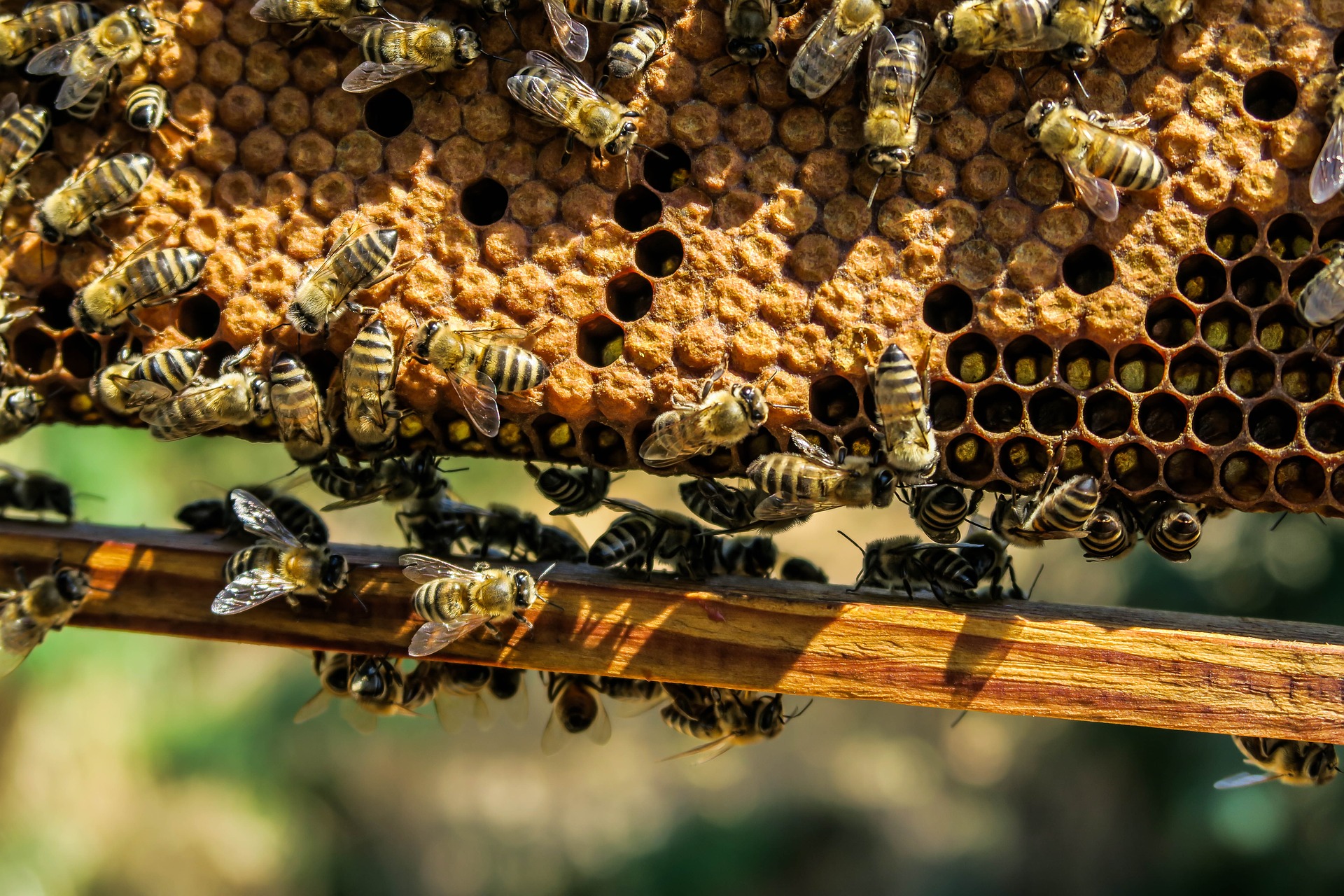
Resolution: The future of humanity depends on the conservation of honeybees
Description: When talking about the importance of bees, a quote attributed to Albert Einstein usually comes up: “If the bee disappeared off the face of the Earth, man would only have four years left to live.” The quote was cited by the media many times, even by the more credible ones, as well as in literature. However, as it turned out, it was a hoax or fake news. The quote appeared in a leaflet from 1994 published by the French association of beekeepers. But the issue it raises nevertheless remains unresolved. The bees are key for the pollination of a number of plants used in human nutrition, but the question whether our food supply would be endangered remains unanswered. Could homo sapiens survive without bees? The majority of calories used every day in people’s nutrition come from wheat, corn and rice, and these are all plants that do not require pollination. The package contains 8 info cards, 2 stories and 8 question cards, as well as a 12-minute video about the possible consequences of bee extinction.
Download powerpoint presentation
Topic: Neurobiology of animals

Resolution: The scientific community has a moral obligation to prevent animal use in experiments.
Description: At first glance, this topic mainly deals with moral questions, and the debate can unroll in many ways, depending on our ethical standpoint. In that sense, if we think that non-human animals are moral beings, we will consider that the use of animals in scientific experiments is problematic, etc. Also, argumentation may be founded in biology and genetics, since we belong to the common genetic fund as animals. Apart from topics concerning biology and neurobiology, the debate about moral obligations of the scientific community to prevent animal use in experiments would have students discuss many ethical, economical and political questions. The package contains 8 info cards, 4 stories and 8 question cards, as well as an 8-minute video about the use of animals in experiments and the potential to end this practice.
